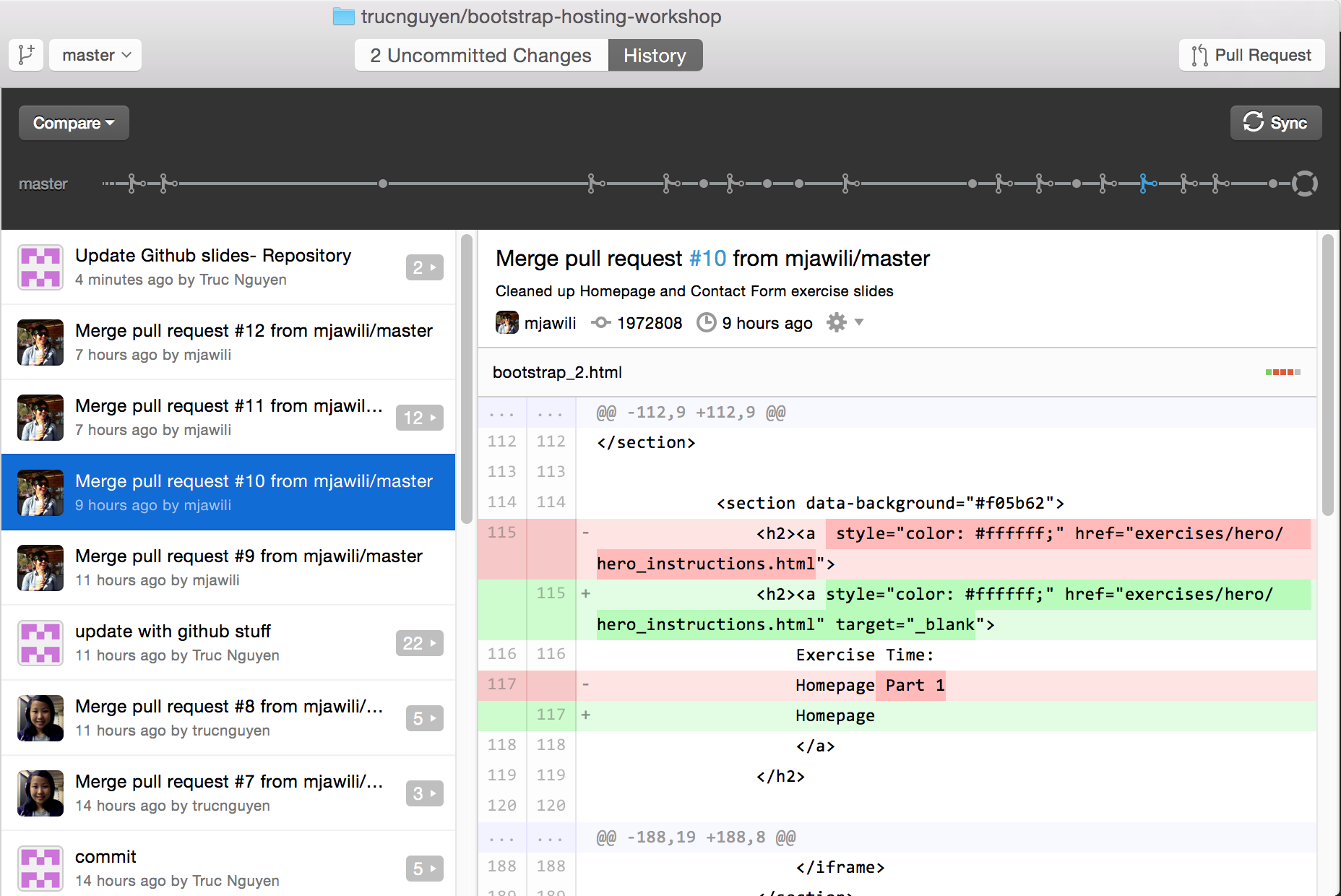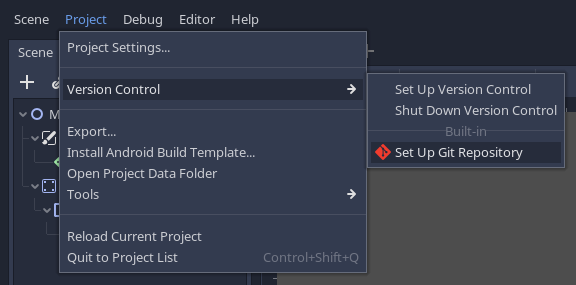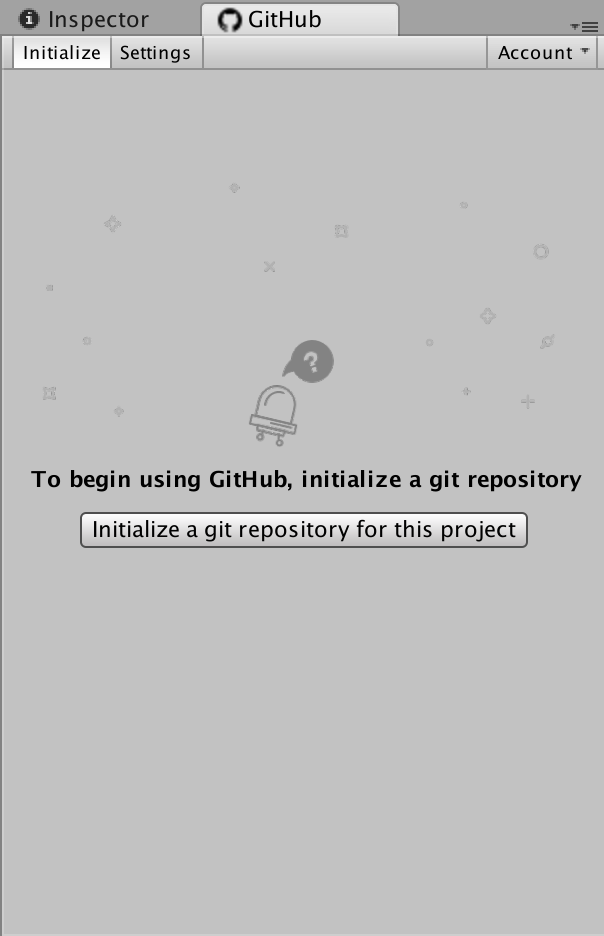

Mv Move or rename a file, a directory, or a symlink Work on the current change (see also: git help everyday) Init Create an empty Git repository or reinitialize an existing one Start a working area (see also: git help tutorial)Ĭlone Clone a repository into a new directory These are common Git commands used in various situations:
#INITIALIZE A GIT REPOSITORY HOW TO#
$ How to get quick git bash command-line help using git help? $ git help Nothing to commit (create/copy files and use "git add" to MINGW64 ~/Desktop/New folder (master) Initialized empty Git repository in C:/Users/admin/Desktop/New folder/.git/ Reviewing the status of your newly created git repository MINGW64 ~/Desktop/New folder (master) Gitbash command line output will look like this, $ git init Step#3: Right-click in there and open git bash.Step#1: Create a folder at your desktop.You have now created a repository, including a README file, and created your first commit on command to create a local repository is git init or git init your-repo $ git init your-repo # Note: your-repo is the name of your repositoryĬreating a repository without specifying a name, such as “ git init“, as a result of this, the present working directory will become a git repository. git add README.md & git commit -m "Add README" Nothing added to commit but untracked files present (use "git add" to track) You will see that you have an untracked README.md file. echo "info about this project" > README.mdĮnter git status. (This directory was created when you ran the gh repo create command.)Ĭreate a README file with some information about the project. In the command line, navigate to the root directory of your new project. The contents of your README file are automatically shown on the front page of your repository.
#INITIALIZE A GIT REPOSITORY INSTALL#
README files are a great place to describe your project in more detail, or add some documentation such as how to install or use your project. Now that you have created a project, you can start committing changes. For more information, see " Creating a pull request." If your current branch is the default branch, you should choose to create a new branch for your commit and then create a pull request. For more information, see " Creating a commit with multiple authors."īelow the commit message fields, decide whether to add your commit to the current branch or to a new branch. You can attribute the commit to more than one author in the commit message. In the "Commit message" field, type a short, meaningful commit message that describes the change you made to the file. If you select Show diff, you will see the new content in green. In the text box, type some information about yourself. In the upper right corner of the file view, click to open the file editor.

In your repository's list of files, select README.md. Let's commit a change to the README file.

When you created your new repository, you initialized it with a README file. For more information about possible arguments, see the GitHub CLI manual.Ī commit is like a snapshot of all the files in your project at a particular point in time. To clone the repository locally, pass the -clone flag. For example, gh repo create project-name -public. Alternatively, to skip the prompts supply the repository name and a visibility flag ( -public, -private, or -internal).To clone the repository locally, confirm yes when asked if you would like to clone the remote project directory. If you want your project to belong to an organization instead of to your personal account, specify the organization name and project name with organization-name/project-name. When prompted, select Create a new repository on GitHub from scratch and enter the name of your new project. To create a repository for your project, use the gh repo create subcommand.In the command line, navigate to the directory where you would like to create a local clone of your new project.To learn more about GitHub CLI, see " About GitHub CLI."


 0 kommentar(er)
0 kommentar(er)
